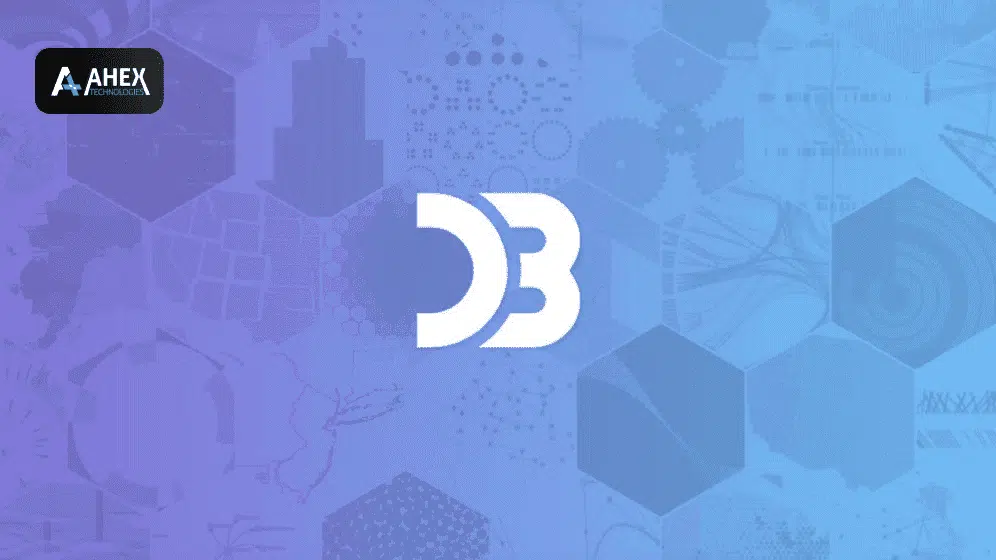
How D3.js is Revolutionizing Data Visualization for the Web? Data visualization has become an essential tool for businesses to understand their data and make informed decisions. However, creating meaningful and informative visualizations can be challenging, especially for those without programming experience. This is where D3.js comes in. D3.js is a JavaScript library that enables developers to create dynamic and interactive visualizations for the web. In this article, we will explore how D3.js is revolutionizing data visualization for the web.
Introduction to D3.js
D3.js, also known as Data-Driven Documents, is a JavaScript library that allows developers to create dynamic and interactive visualizations for the web. D3.js is open-source, meaning it can be used and modified by anyone. It was created by Mike Bostock, a web developer at The New York Times, and has since become one of the most popular data visualization libraries on the web.
How D3.js works
D3.js works by using scalable vector graphics (SVG) and manipulating them with JavaScript. This allows developers to create complex visualizations that can be interacted with in real-time. D3.js also has a variety of built-in functions that make it easy to create different types of charts and graphs, such as bar charts, line charts, and scatterplots.
Benefits of using D3.js
D3.js has several benefits that make it a powerful tool for data visualization:
1. Customizability
One of the biggest advantages of D3.js is its customizability. With D3.js, developers have full control over every aspect of the visualization, from the data to the colors and layout. This allows for unique and creative visualizations that can effectively communicate complex data.
2. Interactivity
D3.js enables developers to create interactive visualizations that respond to user input. This means users can manipulate the data and explore different aspects of the visualization, increasing engagement and understanding.
3. Scalability
D3.js is designed to be scalable, meaning it can handle large datasets and complex visualizations without sacrificing performance. This makes it a great tool for businesses that need to analyze and visualize large amounts of data.
Examples of D3.js in action
D3.js has been used to create a wide range of visualizations, from simple charts to complex maps and diagrams. Here are a few examples:
1. Gapminder
Gapminder is a website that uses D3.js to visualize global trends in health and economics. The site features interactive charts and graphs that allow users to explore data from around the world.
2. The New York Times
The New York Times has used D3.js to create a variety of interactive visualizations, from election results to climate change data. These visualizations are often embedded directly in articles, making them an effective way to communicate complex data to readers.
3. Uber
Uber has used D3.js to revolutionizing data visualization that help drivers and riders understand traffic patterns and other data related to the service. These visualizations are an important tool for improving the user experience and making data-driven decisions.
Conclusion
D3.js is revolutionizing data visualization for the web by enabling developers to create dynamic and interactive visualizations that can effectively communicate complex data. Its customizability, interactivity, and scalability make it a powerful tool for businesses and organizations that need to analyze and communicate large amounts of data. With D3.js, businesses can gain new insights into their data and make informed decisions that drive success.
FAQs
D3.js is a JavaScript library that enables developers to create dynamic and interactive visualizations for the web.
D3.js uses scalable vector graphics (SVG) and JavaScript to create dynamic and interactive visualizations.
D3.js has several benefits, including customizability, interactivity, and scalability. With D3.js, developers have full control over every aspect of the visualization, and can create unique and creative visualizations that effectively communicate complex data. The interactivity of D3.js enables users to manipulate the data and explore different aspects of the visualization, increasing engagement and understanding. Finally, D3.js is designed to be scalable, meaning it can handle large datasets and complex visualizations without sacrificing performance.
D3.js has been used to create a wide range of visualizations, including Gapminder, which visualizes global trends in health and economics, The New York Times’ interactive election results and climate change data, and Uber’s visualizations of traffic patterns and other data related to the service.
D3.js can help businesses gain new insights into their data, make informed decisions, and effectively communicate complex data to stakeholders. D3.js’ customizability, interactivity, and scalability make it a powerful tool for businesses that need to analyze and communicate large amounts of data. By leveraging D3.js, businesses can create unique and engaging visualizations that drive success.







